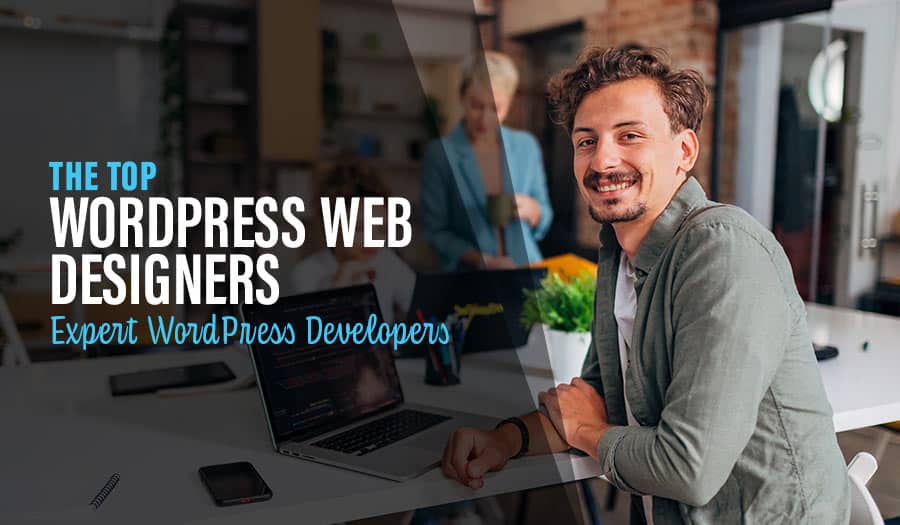A website that lacks an appealing design and layout will give a bad first impression and ultimately drive away business. So what essential web design attributes should you include in your company’s website?
Starting a new business is no easy task. As a business owner, you must address all the different working parts to ensure your company is successful in the long term. One of those critical components is your company’s website. Creating a great web design establishes credibility and portrays an image of success to your customers.
3 Key Web Design Attributes
1. Functional and Organized Layout
Your website’s layout should not leave a customer frustrated and confused. From the moment the customer lands on your homepage, navigation through the pages should be intuitive. Each page must have a consistent theme (background, colours, writing style) that nicely ties together the entire website. Refrain from placing too many links on each page as this will be overwhelming and may turn off potential customers.
Another significant consideration for your website is to make sure that it is mobile-friendly. More and more users are using mobile devices such as smartphones and tablets to access websites. Not only will you appeal to a market of customers who prefer that kind of flexibility, but your website will rank higher in search engine rankings.
Incorporate an F-pattern design for reading web content. The Nextweb states, “The F refers to the reader first scanning a horizontal line across the top of the screen, as is understandable for cultures that read left-to-right. Next, the user scans a vertical line down the left side of the screen, looking for keywords or points of interest in the paragraph’s initial sentences or subsection titles. When readers find something they like, they begin reading normally, forming horizontal lines.” The F-pattern is a popular layout in websites, mainly text-heavy sites, as it takes advantage of the visitor’s natural inclination to read from top to bottom and left to right.
2. Leave Out the Clutter
Websites that try to cram too much information are a big turnoff to customers. Imagine visiting a website searching for one particular item, and getting so bogged down in images and information that you just give up and leave. A clean and simple web design can speak volumes for your company. What do you need to communicate? What is the goal of your website? Keep in mind that many times less is more.
Take it a step further and incorporate a “white space” concept. It means you don’t try to fill every available space on your website with information, graphics, or links. This doesn’t mean that the empty space must be white, but that it should just be empty. Visitors to your website can read it more easily, understand it more clearly, and focus on what’s important.
3. Aesthetics are Important
Don’t add too much pizzazz to your website, but make it enjoyable with colour schemes, graphics, font types and size. Carefully choose a colour that conveys the emotion you want to come across. If your business is global, does your colour send the right message to other parts of the world? If you already have a company logo, consider tying those colours into your web design. Make sure that your text colour contrasts nicely with your background and that the text is easy to read. Use bright colours sparingly.
Font size and types are also crucial to creating a pleasant look and feel for your website. Don’t use font types that are too fancy and difficult to read. The standard font types that most people use are still Arial, Verdana, and Times New Roman. Also, don’t be afraid to use larger font sizes needed to get visitors’ attention.
Images are a must; without them, your website will come off dull and unappealing. Vibrant and eye-catching images will help draw your visitors in. Use professional graphics and photos if at all possible. But free images are available on the web if you can’t afford a stock image service.
Contact Pixel Fish today and find out how we can make your website stand out from the rest!
Let Pixel Fish take your business to the next level with a Stunning Business Website.
Check out some of our latest Website Design projects and Testimonials.
• Professional Services Projects
• Aged Care and Disability Services Projects
• Financial Services Projects
• Branding and Website Design Projects
• Manufacturing, Logistics and Industrial Projects
• Restaurant and Hospitality Projects
Further Information:
How to Create Digital Content for Your At-Home Clients
Top 9 WordPress Website Design Trends
How to Stay Top of Mind for Your Customers by Utilising Your Website
12 Steps to Shift Your Business to an Online Delivery Model Business
7 Reasons WordPress is Perfect for Your Website in Today’s Environment
6 Important COVID Web Design Tips for your business
5 Ways to Streamline Your Business to Work and Collaborate Remotely
How to Build a Customer Journey Map to Enhance Your Website Design
7 Key Questions to ask before Choosing the Best WordPress Theme
4 Essentials of E-Commerce Website Design that Converts
10 Best Practices for a Successful WordPress Website Design Project
Why a Single Page Website Could Be the Perfect Launch Pad for Your Small Startup Business



